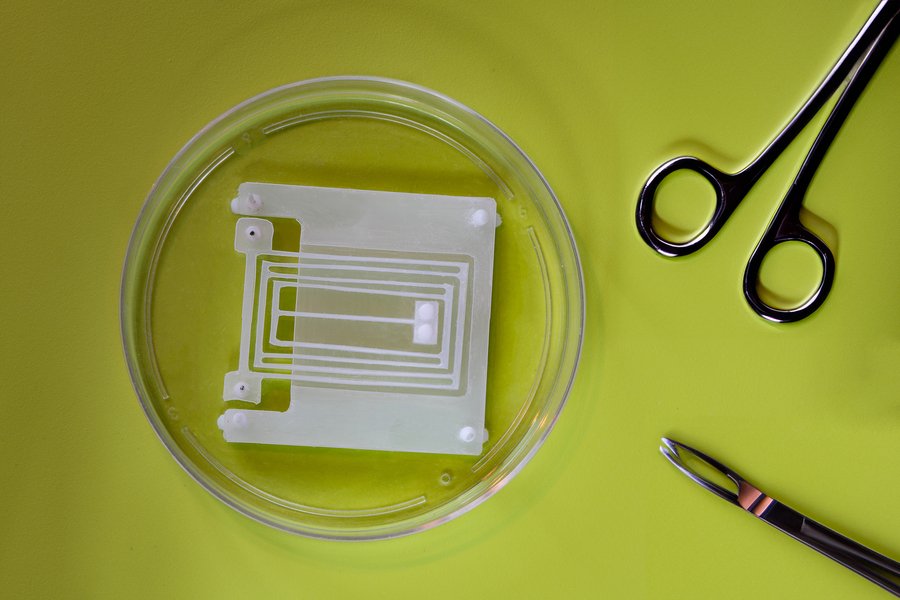Sometimes, nature proves to be an abundant source of inspiration for building efficient robots. With billions of years of natural selection, the world has witnessed astonishing feats of engineering that even the most skilled humans cannot replicate. In fact, it’s not surprising that engineers turn to nature for novel ideas and materials.
The realm of soft robotics, with its flexible and agile components, owes a significant debt to the diverse biology of animals. However, despite their pliant forms, many soft robots still rely on rigid components, similar to their traditional counterparts. To bridge this gap, researchers are tirelessly working on developing flexible elements that can facilitate motion for these soft machines. As MIT eloquently puts it, “our muscles are nature’s ideal actuators.”
But this goes beyond mere imitation of muscles. At MIT, scientists are taking a more innovative approach by combining live muscle tissue with synthetic robot components, creating a whole new class of robots – the “biohybrid” robots.
“We culture muscle tissues from mouse cells and attach them to our robots’ skeletons. The muscles then serve as actuators, propelling the robot’s movement with each contraction,” confirms MIT’s professor of engineering, Ritu Raman, in her interview with TechCrunch.
The muscle fibers are connected to a spring-like structure called a “flexure,” which acts as the system’s skeletal framework. However, working with biological muscle tissue poses its own challenges as it can be unpredictable and challenging to control. While the tissue behaves as expected in a petri dish, it may not exhibit the same behavior when put into a robotic system.
To be employed in robots, the tissue must be reliable, consistent, and dependable. To meet this requirement, the team had to devise structures that are compliant in one direction and resistant in the other. Luckily, Professor Martin Culpepper’s fabrication lab at MIT provided the solution.
According to Raman, “The flexures needed to be modified to the robot’s specifications, utilizing structures with only one-hundredth of the stiffness of the muscle tissue. When the muscle contracts, all its force is converted into movement in that direction, amplifying its capabilities exponentially.”
This muscle fiber/flexure combination can be applied to various types of robots in different sizes, but the team’s primary focus remains on creating extremely small robots. One day, these micro-robots could operate inside the human body, performing minimally invasive procedures.








